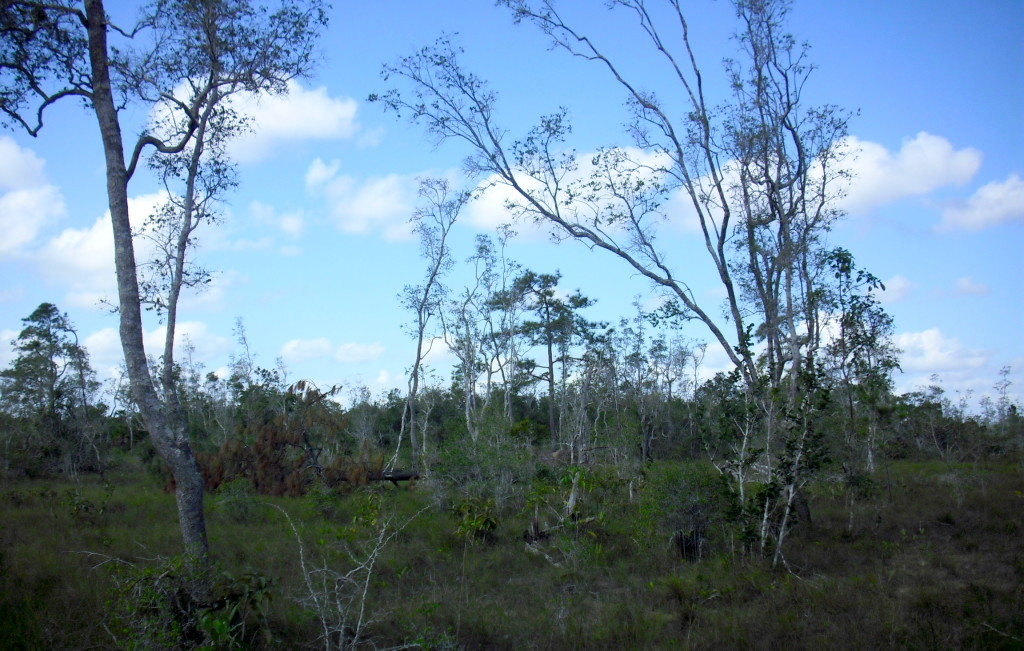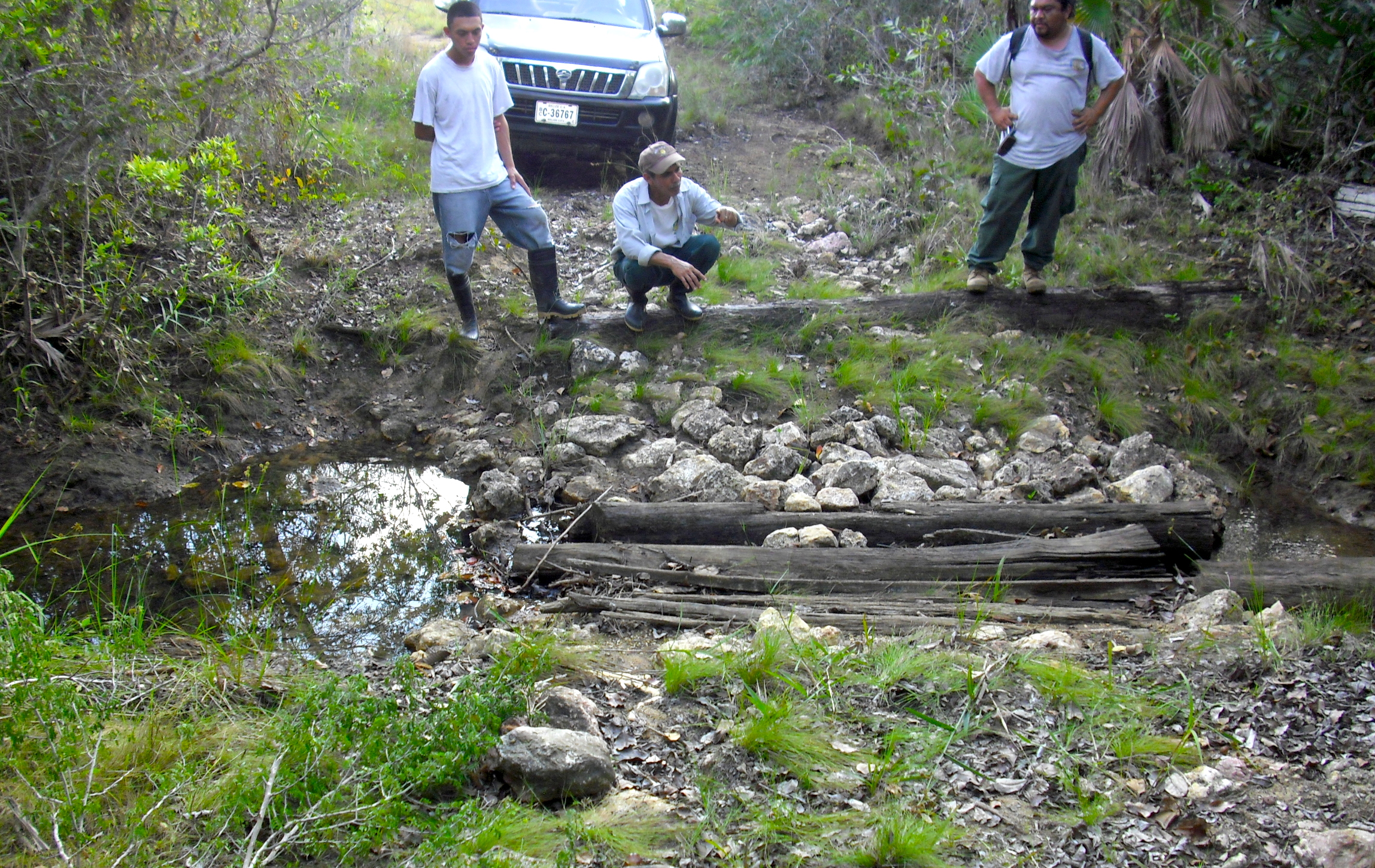Meanwhile, The Savannah Management Programme is aimed at improving conservation of Rio Bravo’s vast pine savannah ecosystem. This area is exposed to constant burning from fires lit by hunters and farmers in adjacent properties and also dry season wildfires. This has resulted in seriously eroded pine stocks in some areas and a decrease in young pine regeneration as seeds are unable to withstand the high temperature of the fires. Another potential threat is the loss of habitat for two endangered bird specie: the Yellow-Headed Parrot and the Jabiru Stork.
Pine savannah covers approximately 10,000 ha of the RBCMA, in two separate areas of approximately equal extent – the ‘Rancho Dolores Savannah’ covering most of the area between the East Gate and The New River escarpment and the ‘San Felipe Savannah’ in the northern part of the RBCMA between Duck Ridge and the Booth’s River marshes. Both form the southern part of extensive bands of pine savannah habitat extending north-eastwards across the northern coastal plain.


